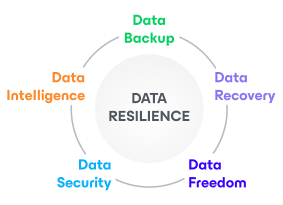How to use PowerShell and PowerShell cmdlets
PowerShell has come a long way from a command line interpreter with support of a few commands, to a fully integrated part of every modern Windows OS. Right now, not only is it a cool thing to, but it is also essential in order to achieve better results in Windows tasks’ management, including virtual machine (VM) backup.
This is a two-part article. In the first part, I’m going to talk about PowerShell in general, when you should consider using it for Hyper-V backup and how to get acquainted with PowerShell basics, PowerShell commands (cmdlets) and syntax.
Read more